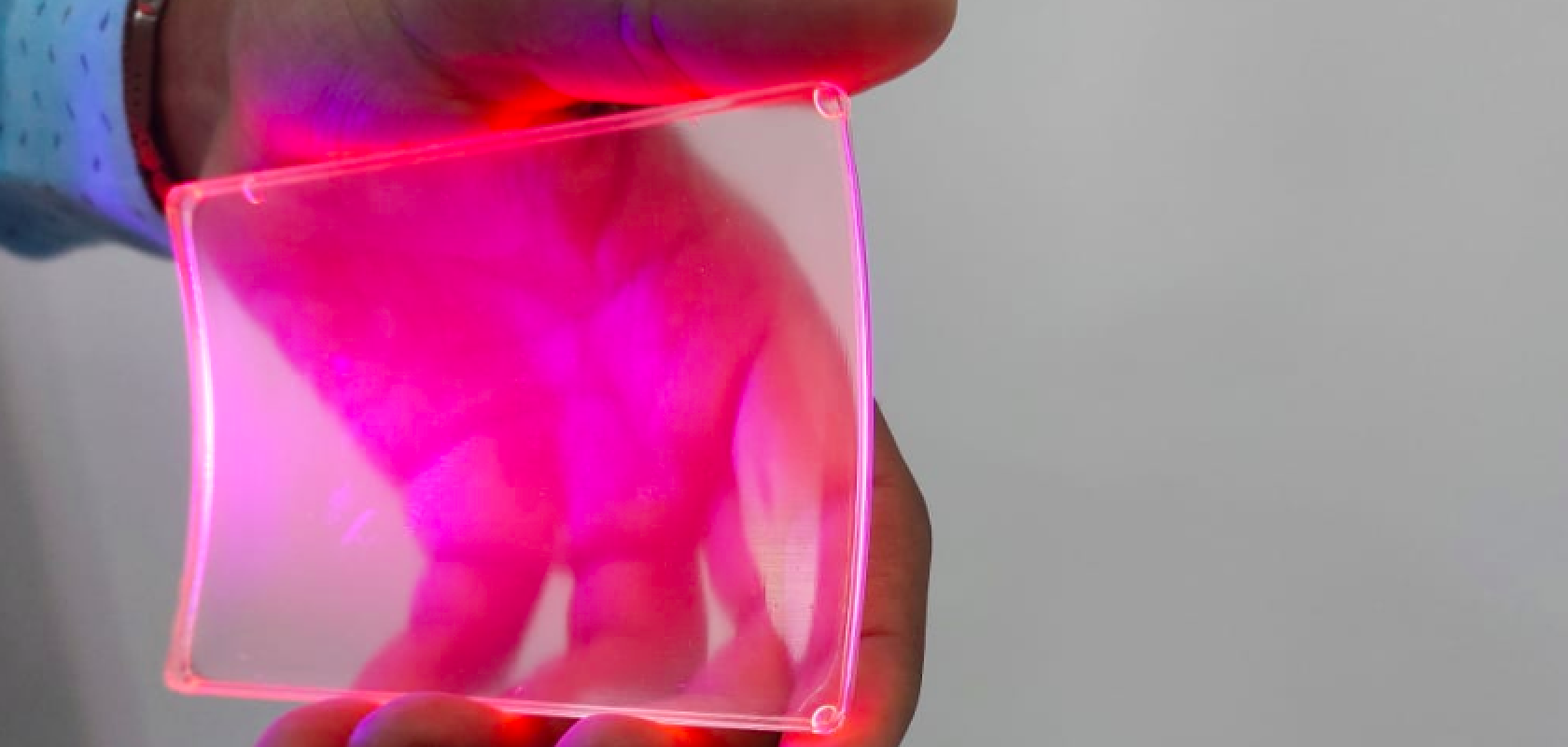Researchers at Ritsumeikan University in Japan have put forward an innovative ‘leaf’ luminescent solar concentrator (LSC) that hopes to enhance the capture and transfer of light to photovoltaic cells.
The ‘leaf’ design attempts to address longstanding challenges that arise with LSC technology – a device for concentrating radiation, solar radiation in particular, to produce electricity – by tackling issues such as the self-absorption of photoluminescent (PL) photons within the waveguide.
As despite the significant progress made with LSC technology over the last decade, particularly with the advent of quantum dot technology, LSC still faces challenges with regards to scalability. This is key given LSCs operate on the principle of collecting radiation over a large area, converting it by luminescence, then and directing the generated radiation into relatively small photovoltaic solar cells at the edges.
How does the ‘leaf’ design seek to address these challenges?
The proposed method offers updates to the configuration and design of LSC technology, which is traditionally comprised of parallel thin, flat layers of alternating luminescent and transparent materials, placed to gather incoming radiation on their faces.
The new set-up uses smaller, interconnected luminescent components that function like leaves on a tree, and places luminescent plates around a central luminescent fibre, with the plates’ sides facing the fibre.
Details in the Journal of Photonics for Energy reveals that: “It [LSC] is configured by placing luminescent plates in the vicinity of a luminescent fibre with their edge surfaces facing the fibre. By connecting multiple fibres to a clear lightguide and attaching a photovoltaic cell to its end, one can enlarge the total incident area without increasing the propagation distance of the photoluminescence photons.”
What immediate advantages does the ‘leaf’ design offer?
The ‘leaf’ approach offers several advantages. By reducing the side length of a square leaf LSC from 50mm to 10mm, the researchers were able to significantly increase photon collection efficiency. The team were also able to enhance the efficiency of the LSC by successfully increasing the incident area, while reducing photon losses due to self-absorption and scattering. For example, in the case of fibre excitation, the average collection efficiency increased from 0.21 to 0.42.
The team’s modular design also allows for easy replacement of damaged units and integration of advanced luminescent materials as they become available, furthering its potential application beyond the initial research.
Sean Shaheen, professor of engineering and physics at University of Colorado Boulder, fellow of the Renewable and Sustainable Energy Institute, and JPE Editor-in-Chief, said: “These findings demonstrate a creative approach that advances the concept of luminescent solar concentrators to effectively guide sunlight toward adjacent photovoltaic devices. By combining scalable, bio-inspired designs with enhancements in optical engineering, the authors have increased the efficiency of their devices toward what is needed for practical use."
Aside from the ‘leaf’ design, the researchers noted that there were other methods that could possibly improve the efficiency among LSC technologies. Among them was the trialling of placing an orange device beneath a green one in the LSC configuration, which was shown to increase the optical efficiency of a 2.0mm-thick sample by +28% in case of uniform irradiation by white LEDs.
Could this LSC approach help renewable energy generation?
With a report in Nature previously recognising LSCs as a promising photonic strategy for converting passive glass windows into self-sustaining energy sources, such developments surrounding LSC technology’s efficiency could potentially offer great benefits in renewable energy generation.
To date, LSCs have largely been associated with architectural and structural applications. For example, LSCs have been seen as a means to convert passive glass windows into self-sustaining energy sources. However, their energy-capture applications are now being considered with placement in sports and leisure and even consumer electronics.
Speaking about the potential for the new approach to help wider, real-world sustainable energy generation, Ichiro Fujieda said: I hope it can offer such sustainable energy generation. In principle, this leaf-like scheme solves the long-standing LSC scale-up problem. It might be a good idea to start small rather than aiming at giga-watt power generation. For example, a stand-alone device might be able to provide enough energy for growing real vegetation in an LED-based plant factory. Then, one might consider creating an oasis in combination with sea water desalination.”
So as the potential for more efficient energy capture and use grows, so too might the applications for LSCs; in fact, UCL states the technology’s use may go beyond generating electricity and into sensing, photochemistry, horticulture and even in optical communications.
Though while advances such as the ‘leaf’ design take optimisation of SLC efficiency forward and open up new conversations, researchers suggest there is a need to continue to exercise caution as to how fluorophores and waveguide materials may be commercially applied in the coming year.
In this exciting field, there will no doubt be more research activities coming to the fore before we see this photonic technology truly benefit renewable energy generation and efforts geared toward a greener future.


